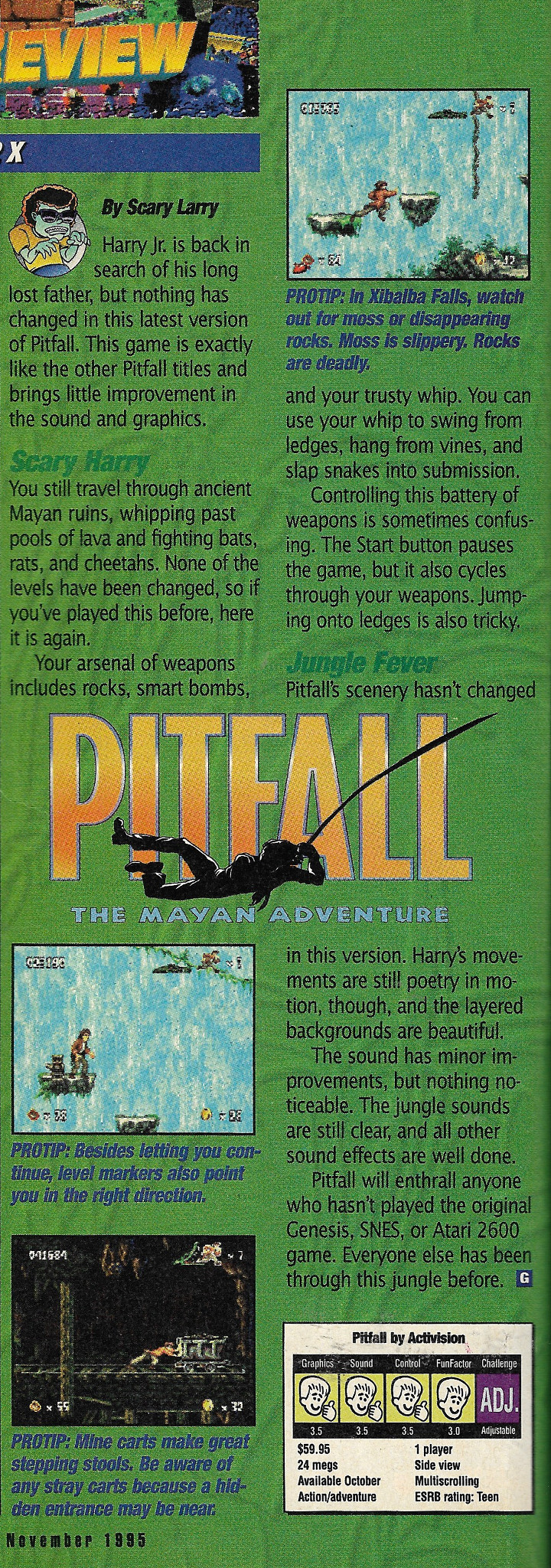Pitfall: The Mayan Adventure Was a Worthy Follow-Up to Activision’s Legendary Atari Game
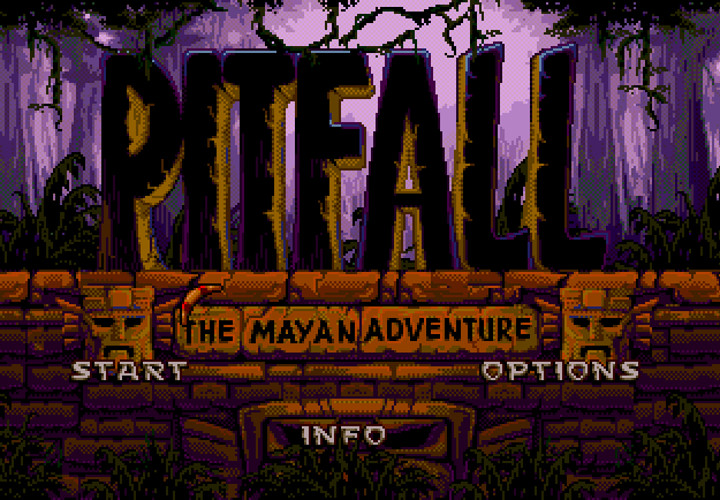
Pitfall: The Mayan Adventure, released in 1994 by Activision, is a lovely slice of gaming history. It’s a sequel to the classic Pitfall! for Atari 2600, in which series protagonist Pitfall Harry has been lost in the wilderness of Central America (kidnapped by a mysterious figure, according to the game’s opening cutscene). Harry’s son, Harry, Jr., must find and rescue him.
Harry, Jr., is an athletic teenager armed with a sling and a boomerang, and he must traverse jungles and ancient temples in search of his father while picking up scads of lost treasure.
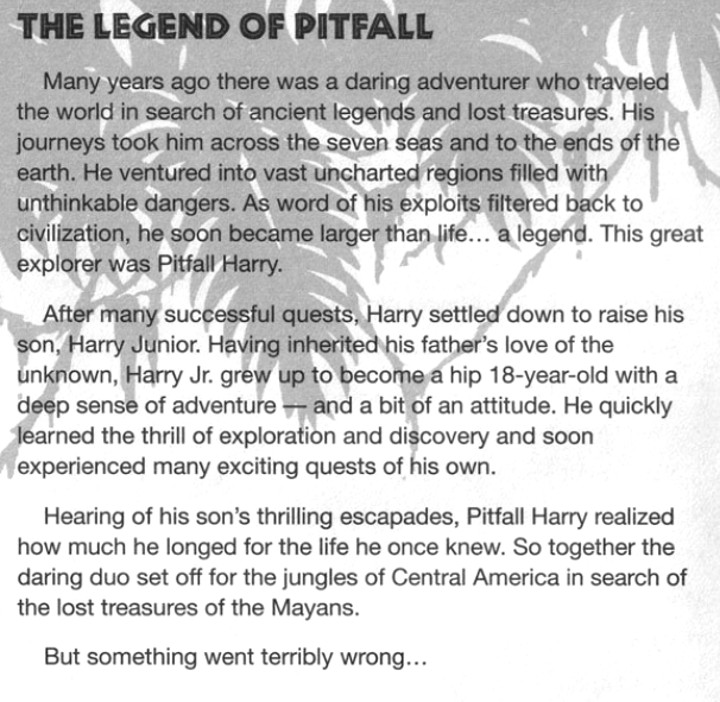
I had the Genesis version of Pitfall: The Mayan Adventure when I was a kid, and I absolutely loved it. The difficulty can be a bit much at times (especially when compared with games like Aladdin or Sonic the Hedgehog 3), but that didn’t stop the younger version of myself from powering through it. I’ve actually revisited this game several times as an adult, and every single time I do, I find the difficulty to be brutal. Enemy placement is especially tricky, as enemies often force you into conflict while hiding just a pixel or two out of reach of Harry’s sling.
On top of this, the game layouts are complex and disorienting. Instead of just a left-to-right (or left-to-right) level design (think Mario or Sonic), these stages weave back and forth, oftentimes sending you upwards, then back the the left, then down through a shoot and then back up and to the right again.
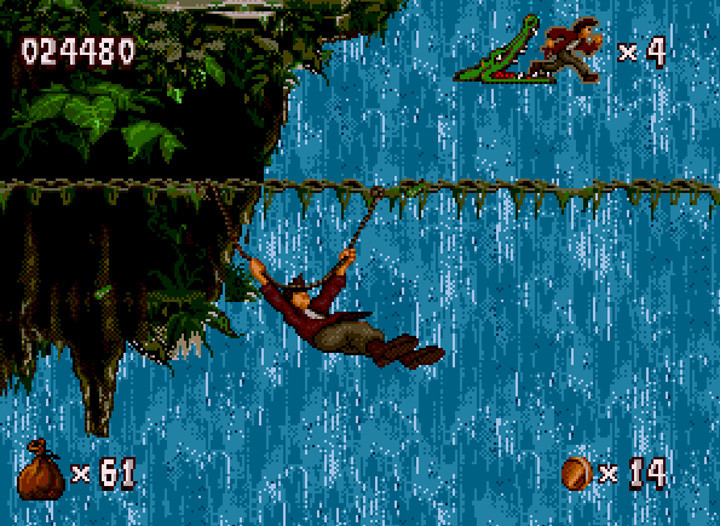
Of course, the difficulty and stage layouts aren’t what sticks out when I remember Pitfall: The Mayan Adventure. No, I remember the impressively fluid character animations, the thrill-seeking sense of adventure, and the rich atmosphere. Tonally, the game strikes a fine balance between being dark and whimsical.
Visually, this game is a treat, packed with little details that show how much the developers cared. From the way the checkpoint idols stick out a hand to let you know which direction you are supposed to be going (a visual cue that makes exploration of the game’s complex layouts far less stressful) to the way the enemies explode into skull-shaped dust clouds, you can see that an obsessive sort of love went into the game’s visual design.
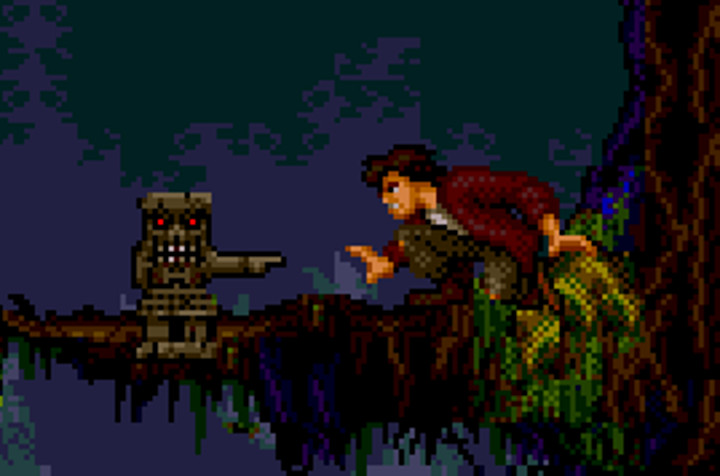
The reason for this? Activision handed over animation duty to Kroyer Films, the animation studio behind Ferngully: The Last Rainforest (as well as the sperm in Disney’s The Making of Me). They approached Pitfall: The Mayan Adventure as film animators, working with storyboards and hand-drawn frames of animation. However, there were some challenges unique to video games, as Bill Kroyer explains in an interview with Dr. Retro:
… the actual animation of the character was also pretty traditional. You know in those days, we still worked on… punched animation paper on an animation desk, and we animated. Of course you had to be very precise, you know, with the consistency, the size of the character. You had to be very precise moving him within the constraints of the layouts. But… those were skill sets we always had as traditional animators.
But what was very different about the Pitfall Harry job was the fact that we were animating what we called “modules of motion,” because we had to animate in and out of multiple options. So when a character did an animated movement, at the end of that movement he had to be able to go into three or four different kinds of movements that the player would choose. But those transitions had to look seamless. And that was the challenge for doing Pitfall Harry.
There’s a smooth sense of motion to Harry, Jr.’s movements that makes Pitfall: The Mayan Adventure comparable — visually, at least — to something like Disney’s Aladdin (which was also hand-drawn).
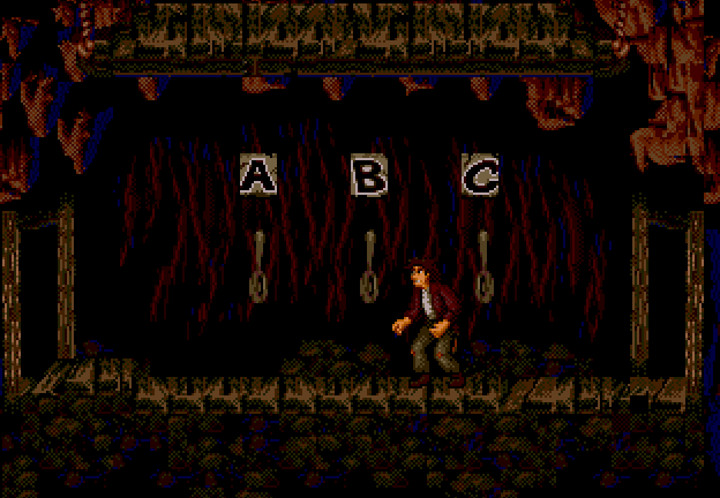
Pitfall: The Mayan Adventure is quite lovely to look at, certainly, but the gameplay is actually very good (despite the difficulty level). On top of combat and platforming, there were some fun gameplay variations, such as a Simon-like lever-pulling minigame (pictured above) and high-speed cart rides (pictured later in this article) that bring to mind Indiana Jones and the Temple of Doom.
Perhaps coolest of all — at least for retro gaming enthusiasts — is a secret that lets you play the entire original Pitfall! game. To find it, you either need to follow the trail of pixelated scorpions in the fourth level, or enter a code in the game’s title screen (the code varies by platform).
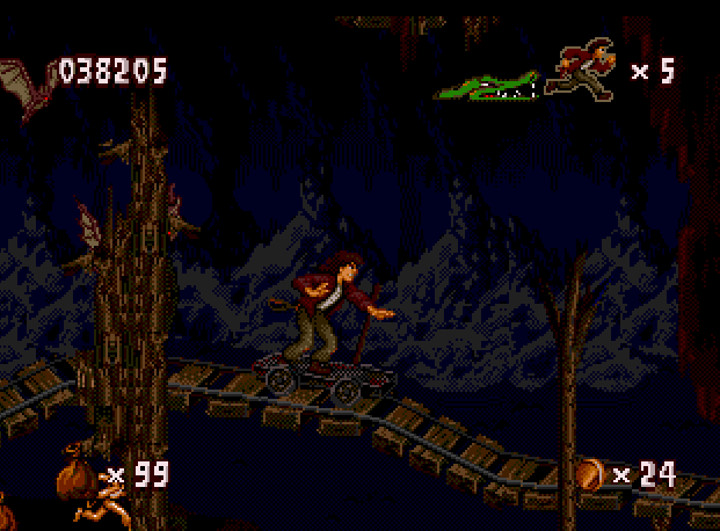
This is neither the first nor the last follow-up to the 1982 Atari 2600 game, but I would argue that it’s the best. Pitfall! creator David Crane made a sequel, Pitfall II: Lost Caverns, which released for the 2600 in 1983. That sequel was later adapted into Super Pitfall for the NES, but the results weren’t great. Crane has publically distanced himself from the NES game, going so far as to remark, “I run into Super Pitfall haters all the time and I am quick to point out I had nothing to do with it.”
There was also Pitfall 3D: Beyond the Jungle, which released for the Sony PlayStation in 1998 (and a Game Boy Color port that dropped 3D from the title came out the following year).
Pitfall: The Mayan Adventure was one of the rare titles that actually saw a release on Sega’s doomed 32X add-on to the Genesis (there were only 40 games released on 32X). GamePro reviewed the 32X version in their November, 1995, issue, saying mostly positive things about it, such as, “Harry’s movements are still poetry in motion… and the layered backgrounds are beautiful.” However, the game still received mostly 3.5s (out of 5) as a score.
You can read the full GamePro review below.
